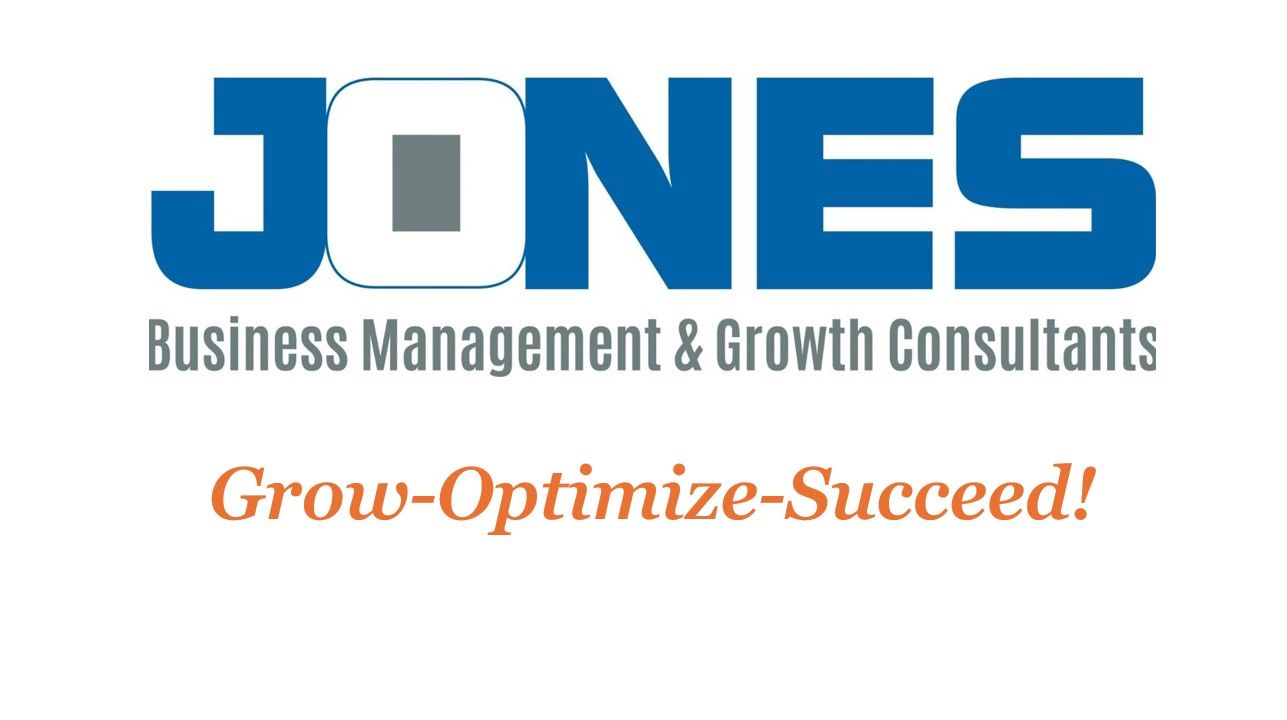Why Referrals Aren’t a Growth Strategy (and What To Do Instead)
Relying on Word of Mouth Is Keeping Your Landscaping Business Stuck

Referrals feel great. A happy client recommends you, you close the job, and it costs nothing in ad spend. But if referrals are your entire marketing plan, you are not building a business — you are waiting on luck.
The Problem With Living on Referrals
Referrals are unpredictable. You cannot plan your cash flow around “maybe.” One season you are booked out, the next you are scrambling for work. That is not stability. That is survival.
Referrals also tend to plateau your business. They come from the same circle of clients, neighborhoods, and social networks. Once you have saturated that circle, growth stops.
And here is the truth: even loyal clients forget to refer when life gets busy. If your phone only rings when someone remembers you, you are invisible the rest of the time.
What To Do Instead
You do not have to throw money into ads, but you do need a proactive marketing system that keeps your business visible and top of mind.
1. Build a Real Brand
Professional truck wraps, yard signs, and uniforms make you recognizable. Clients who see your brand consistently begin to trust it before they even call.
2. Create a Local Content Loop
Post before-and-after photos, share quick landscape tips, and highlight your crews at work. Consistency builds authority and keeps your name circulating in your community long after each job is done.
3. Partner Strategically
Build referral systems, not random favors. Partner with realtors, pool companies, and HOAs. Offer mutual benefits and stay in contact year-round.
4. Track What Works
Know where each lead comes from and how much it cost you. Shift resources toward the channels that bring consistent, profitable clients.
5. Keep a Simple Marketing Calendar
You need structure, not chaos. Plan one brand post, one community highlight, and one value tip each week. When you show up consistently, your market remembers you.
The Bottom Line
Referrals are a bonus, not a business plan. You do not control when they happen, and you cannot scale them. Real growth happens when you build a predictable, proactive system that feeds your business all year long.
Your Next Step
If you are ready to build a marketing system that drives steady growth instead of waiting for random referrals, join my G.Y.S.T. Academy on Skool. Inside, I show you how to create a brand presence and local marketing rhythm that keeps your phone ringing with the right clients.
👉 Join the Skool community here and start building a marketing system that works even when you are not.










